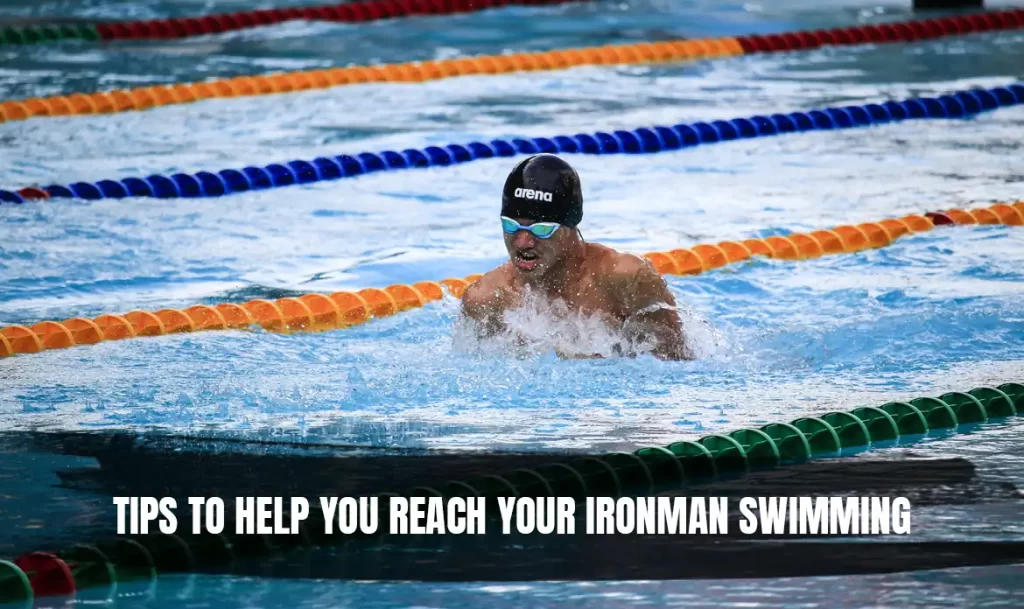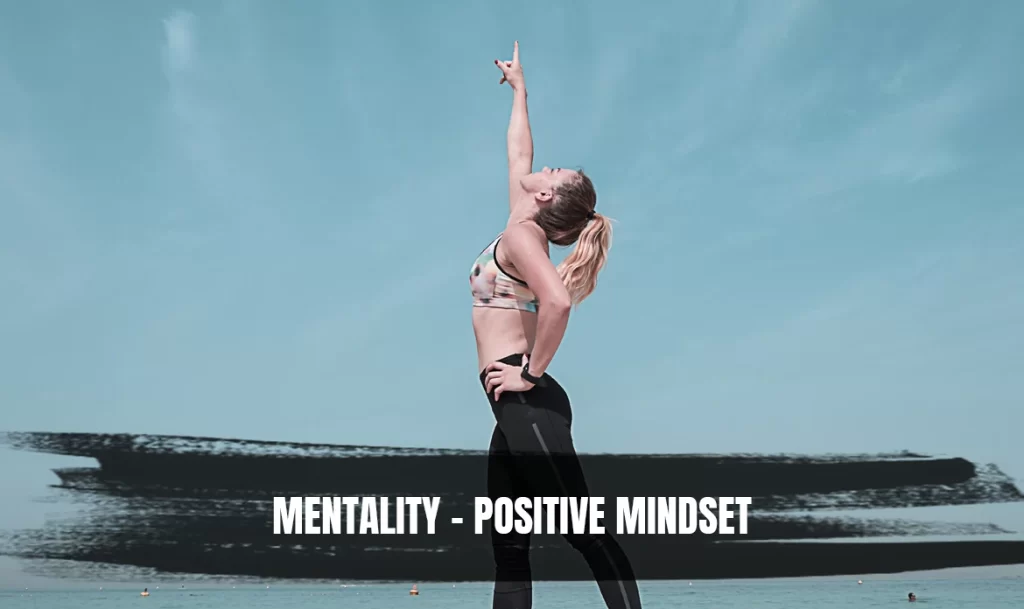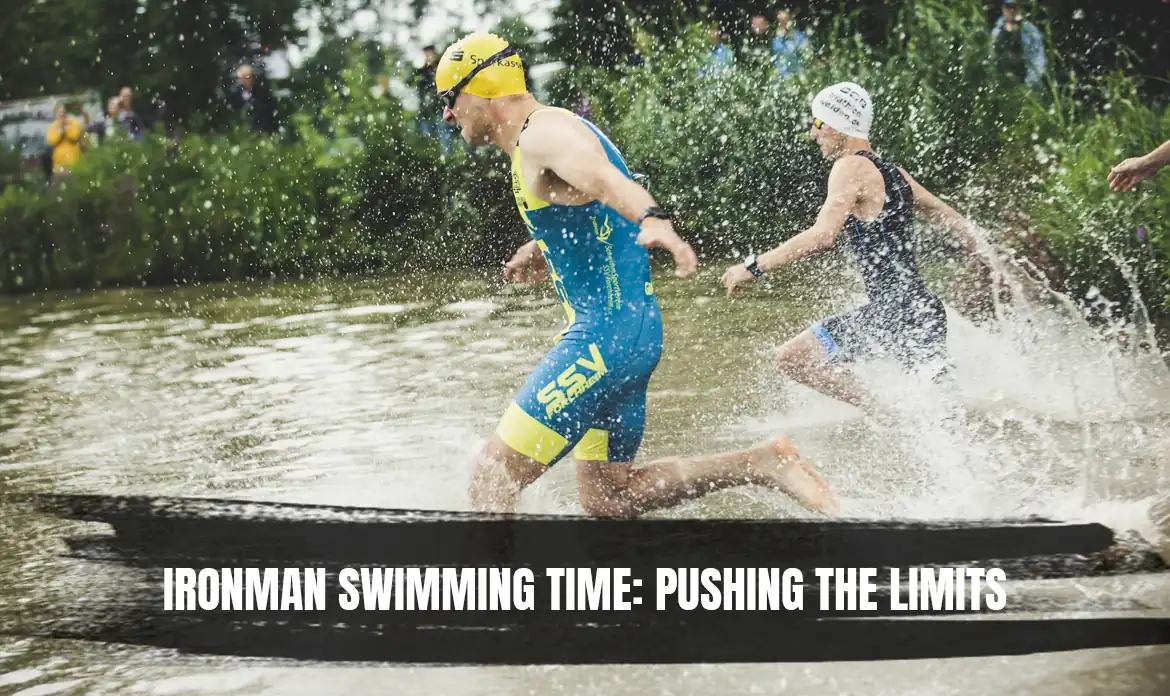Ironman Swimming Time: Pushing the Limits
Ironman swimming is a grueling and challenging event that tests the physical endurance and mental toughness of even the most experienced athletes. Each year, thousands of athletes take part in Ironman events around the world, with many competing to set new records for their Ironman swimming times. This article will provide a comprehensive overview of swimming times, including tips for improving performance, strategies for tbol optimizing pacing, and advice on how to best prepare for competition.
What is an Ironman?
An Ironman is an endurance event that consists of a 2.4-mile swim, a 112-mile bike ride, and a 26.2-mile marathon run—all completed in one day. It is considered one of the most difficult one-day sporting events in the world.
The Ironman race was first held on February 18th, 1978 in Hawaii and was created by U.S. Navy Commander John Collins. The original goal of the race was to determine which athletes were the fittest—those who could complete all three disciplines within 17 hours would be crowned “Ironman”.
Today, Ironman races are held all over the 11minute bodyweight workout with fitness world and attract thousands of athletes each year. Participants must train for months to prepare for the grueling event, which requires both physical and mental strength and determination to finish successfully.
Historical Overview- Notable Records
The Ironman is a long-distance triathlon event that consists of a 3.86 km swim, a 180.25 km bike ride, and a 42.2 km marathon run. It was first held in 1978 in Hawaii and has since become one of the most popular endurance events in the world. The event is organized by the World Triathlon Corporation (WTC) and is considered to be one of the most grueling one-day sporting events in the world.
The current Ironman record holder is Jan Frodeno from Germany, who completed the race in 7 hours 35 minutes, and 39 seconds at the 2016 Ironman World Championship in Kailua-Kona, Hawaii. This time shattered his own previous record of 7 hours 41 minutes and 33 seconds set at the 2015 Ironman European Championship in Frankfurt, Germany.
Since its inception, the Ironman has grown exponentially with over 100 races being held around the world each year.
What is an Ironman Swimming Time?

An Ironman swimming time is the amount of time it takes to complete a 3.86-kilometer (2.4-mile) swim as part of an Ironman triathlon. The swim leg is usually the first event in an Ironman race and is followed by a 180-kilometer (112-mile) bike ride and a 42.2-kilometer (26.2-mile) run.
The average swimming time depends on the individual athlete’s ability and experience level but typically ranges from one hour to two hours or more. Professional athletes can complete the swim in under an hour, while amateur athletes may take up to three hours or more to finish the swim leg of an Ironman race.
In order to achieve a good swimming time, athletes must train diligently and practice proper technique in order to maximize their speed and efficiency in the water.
The Physics of Swimming and How it Affects Ironman Swim Time
The physics of swimming can have a major impact on an Ironman swimming time. The most important factor is the swimmer’s body position in the water. Achieving a streamlined body position with minimal drag is essential for maximizing speed and efficiency. To do this, swimmers must keep their heads6 low and their hips up, as well as maintain a flat body line from head to toe.
Another important factor is the swim stroke itself. Different strokes are designed to reduce drag and maximize power output from the arms and legs. For example, the freestyle stroke uses alternating arm movements that propel the swimmer forward while also allowing them to rotate their hips for better body positioning in the water.
Finally, understanding how water resistance works can help swimmers improve their performance in an Ironman race. Swimming faster requires more energy, meaning that increasing speed will cause greater resistance from the water itself.
Tips To Help You Reach Your Ironman Swimming

If you want to reach your Ironman Swimming time goals this year, then here are tips and strategies that can help you get there.
Training Tips – Prepping for a Race
Preparing for an Ironman swim is no easy feat, but with dedication and the right training tips, you can reach your goals.
- First and foremost, it’s important to set realistic goals. You should break down your overall goal into smaller achievable objectives. For example, if you are aiming to complete a 2.4-mile swim in under two hours, set mini-goals such as swimming one mile in 25 minutes or completing 10 laps without stopping. Having these smaller goals will help keep you motivated and on track.
- Second, make sure that you are doing the right type of training for an Ironman swim. Doing distance swimming is important but so is incorporating drills and intervals into your workouts. This will help build up your strength and endurance so that you are ready for race day.
- Third, you should make sure that you are working on your technique. If you want to swim faster, it is important that you learn how to swim with proper form. If your arms and legs are not working together efficiently, then it will be impossible for you to go fast.
Techniques – Maximizing Efficiency
The key to maximizing efficiency in your Ironman swimming techniques is to focus on your form. Proper form will help you move through the water with less resistance and conserve energy. To improve your form, start by focusing on your body position. Keep your head down and look at the bottom of the pool while swimming. Make sure your arms are extended out in front of you and that you are maintaining a straight line from fingertips to toes.
Another important factor for maximizing swimming efficiency is reducing drag. This can be achieved by wearing a well-fitted swimsuit and using a streamlined kick technique. You should also use hand paddles or fins to increase resistance and build strength in your muscles for better propulsion.
Finally, practice makes perfect! The more time you spend in the pool, the more comfortable you will become with the water and the easier it will be for you to reach your Ironman goals.
Gear – Swimming Aids and Essentials
Swimming is one of the most important components of an Ironman race, and having the right gear and swimming aids can help you reach your best performance. Here are some tips for selecting the right swimming gear:
- First, consider investing in a good pair of goggles. Goggles will allow you to see clearly underwater, which is essential when navigating through choppy waters or during long swims. Look for a pair that fits comfortably and securely on your face without leaking.
- Second, make sure to have a good swimsuit that fits properly and won’t drag you down in the water. Try out different types of suits to find what works best for you. Also, look into purchasing a wetsuit if you’ll be competing in cold-water races.
- Finally, consider investing in some pool toys such as pull buoys or kickboards to help improve your technique and endurance while training.
Mentality – Positive Mindset

Achieving a positive mindset is essential for reaching any goal. To help you reach your Ironman swimming mentality, here are a few tips:
- First, set realistic goals for yourself. It’s important to have an achievable plan that will help you stay motivated and on track. Break your goals into smaller, more manageable chunks, and reward yourself when you reach them. This will give you the momentum to keep going.
- Second, focus on the process instead of the outcome. Instead of worrying about how far away your end goal is, concentrate on what you need to do each day to get there. Celebrate small successes along the way and don’t be too hard on yourself if something doesn’t go as planned – use it as an opportunity to learn and grow.
- Finally, practice visualization techniques and positive affirmations to keep your mindset in check. Spend a few minutes every day visualizing your “ideal future” and reminding yourself that you are capable of achieving it.
Nutrition- Fueling Performance
Reaching your Ironman swimming nutrition goals requires a lot of planning and discipline. To get the most out of your performance, it’s important to fuel yourself correctly before and during the race. Here are some tips to help you reach your Ironman swimming nutrition goals:
- First, make sure you’re eating a balanced diet that includes plenty of carbohydrates, proteins, and healthy fats. You need to have enough energy stored up for the race, so make sure you’re getting enough calories from whole foods like fruits, vegetables, lean meats, nuts, and grains. Additionally, drink plenty of fluids throughout the day to stay hydrated.
- Second, practice different types of nutrition during training sessions. Try out different products such as gels or bars to see what works best for you during the race. This will give you an idea of how much food and liquid you need to consume at certain points in order to keep your energy levels high
- Third, use your pre-race meal to get in a good dose of carbohydrates. Carbohydrates are the main source of fuel for long-distance races, and they need to be eaten several hours prior to the race in order to give your body time to absorb them.
Rest and Recovery – Recharging
Rest and recovery are essential components of any training plan for Ironman swimming. It is important to give your body the time it needs to rest and repair after each workout so that you can maximize your performance.
- First, make sure you are getting adequate sleep each night. Aim for 8-10 hours per night, depending on your individual needs. Also, try to create a consistent sleep schedule by going to bed and waking up around the same time each day. This will help keep your body in sync and allow it to recover more effectively.
- Second, incorporate active recovery into your training plan. Active recovery involves low-intensity activities such as walking, swimming at a slower pace, or using an elliptical machine at a low resistance level. These activities help to flush out lactic acid from your muscles while still allowing them to recover without overstressing them.
- Finally, take regular days off from training throughout the week. A few days of complete rest each week will allow your body to repair itself and improve your fitness level.
Conclusion: Reach Your Goals
Ironman swimming times vary greatly depending on the individual athlete’s skill level and experience.
No matter what your current swimming time is, it’s important to set realistic goals that you can work towards and achieve. Start by breaking down your goals into smaller chunks and setting weekly or monthly targets. Make sure to incorporate a variety of training methods such as drills, intervals, and open water swims. Additionally, focus on proper technique to ensure that you are swimming efficiently and effectively.
Finally, don’t forget to stay motivated! Celebrate your successes along the way and use them as motivation to keep pushing yourself towards your Ironman swim goal. With dedication and hard work, you can reach your Ironman swim time goals in no time!


